Snooping Around In Gracie Otto’s Stuff
The first of a four-part series in which we explore the creative space of up-and-coming Australian talent.
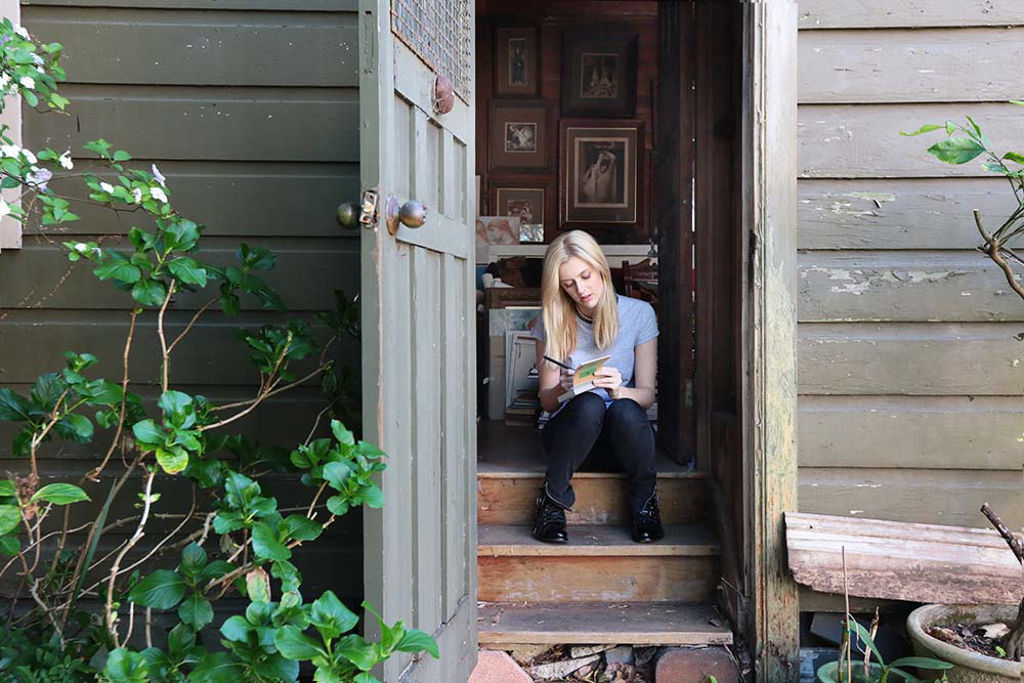

Presented by the new range X by
Presented by X, Officeworks’ new and exclusive stationery range, this is the first of a four-part series which explores the creative spaces and processes of some up-and-coming Australian influencers.
–
As the daughter of Australian film legend Barry Otto (Strictly Ballroom, Cosi, The Great Gatsby) and sister of Miranda Otto — aka Éowyn, from Lord of the Rings — Gracie Otto had an envious upbringing. Raised in a haunting old Victorian home in the Sydney suburb of Petersham, she grew up surrounded by influential artists and actors, who she claims were just “the parents of kids who came to visit”.
Just last month, the actress and director flew to the BFI London Film Festival for the premiere of her first feature film, The Last Impresario. The documentary, which took three years to make, pays tribute to the life of British theatre and film producer Michael ‘Chalky’ White, who produced over 300 shows in the last 50 years and is friends or has worked with names like Yoko Ono, Anna Wintour, Kate Moss, Naomi Watts and John Cleese — all of whom Otto interviewed for the film.
Both screenings in London were sold-out, and followed up by a couple of glowing reviews from Variety and The Hollywood Reporter, who called it “a warm-hearted, effortlessly enjoyable journey through an extraordinary showbusiness life.” The director, understandably, is thrilled: “I couldn’t have asked for more.” The film will make its way to Australian cinemas next year.
We popped around to Gracie’s family home for a sticky-beak at her house and to chat to her about the film, her cats, and what keeps her motivated.
–
You spent three years working on The Last Impresario –– longer than you expected, from what I understand. What was the delay?
Gracie Otto: I met Michael in May 2010, but didn’t actually start shooting until the end of that year when he sold his memorabilia at Sotheby’s. By that time I had read his autobiography and was determined to tell his amazing story. It all took time. The film was what people call a “labour of love” — that is, I didn’t have any funding to make it. So after every job, I would buy an air ticket and try to organise a few interviews, and every person I interviewed suggested another five people who were essential to telling Michael’s story.
I really could have spent years talking to people, but Michael was impatient for me to finish. I’m pleased with what I achieved.
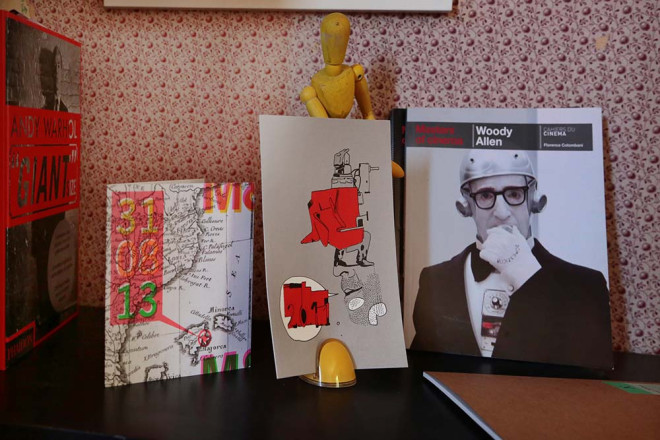
“I love biographies, and books about filmmaking. Woody Allen is one of my favourites. My friend gave me the book on Andy Warhol for my birthday; I’d just played the role of Warhol’s muse Edie Sedgwick in Poor Little Rich Girls, and became obsessed with her during filming. The artwork on the left is by Jean-Michel Alberola; he created the poster for The Last Impresario, which we love so much!”
–
You interviewed over 60 friends and colleagues of Michael. Who was the most fascinating?
Michael’s wish list at the beginning was a who’s who of British theatre actors, Hollywood royalty, and the actual royal family. I was completely out of my depth. So I started with some Aussies – Naomi Watts, Greta Scacchi, Barry Humphries, Jim Sharman and Brian Thomson – which gave me the confidence to tackle some of the bigger names.
Yoko Ono was the highlight for me – an amazing woman, and an inspiration! I also loved the natural down-to-earth quality of Kate Moss and the hilarity of John Cleese, who did an amazing interview in Monte Carlo. I was completely in awe of Anna Wintour. I interviewed her at her Vogue office with images of The Devil Wears Prada running through my mind, but she was completely gracious and generous and gave a wonderful interview. I could have used every word.
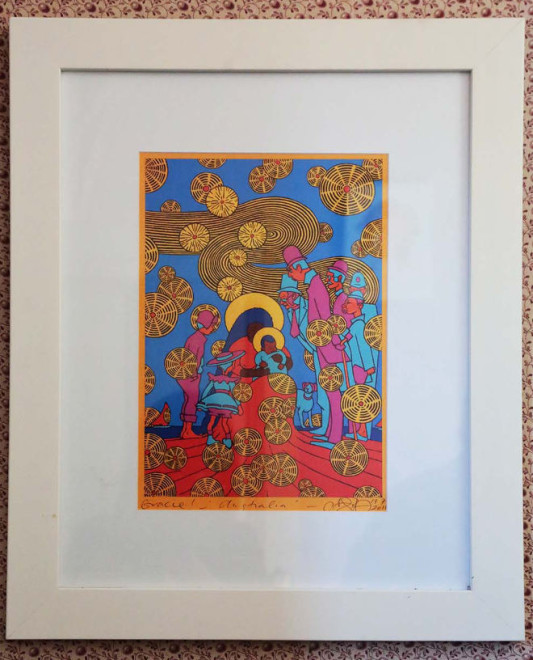
“Michael White knew the artist Martin Sharp in London. I went to his Sydney house one stormy night. Martin was there with a friend, an Aboriginal artist who told amazing stories. We listened to Tiny Tim, Martin’s favourite artist, on an old record player, with thunder and lightning in the background. It was a special night. Martin was so kind. He signed a print of one of his paintings for me when we left.”
–
You made your first short film in high school, as part of your HSC. What advice would you give to other young people wanting to get into filmmaking?
I would advise young filmmakers to just work hard at their craft – to take their camera and shoot small films at every opportunity. And watch and study from the great directors in your spare time. I did an Advanced Diploma at Sydney Film School, and for 18 months I worked in every possible crew job on my own and other students’ films. I loved learning on the job.
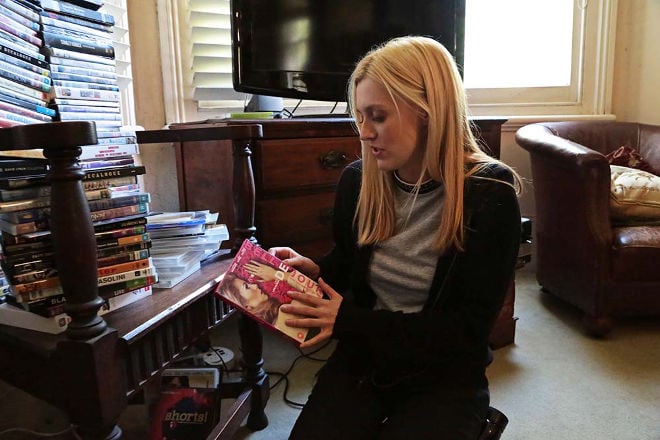
“I love to visit unique DVD shops when I’m travelling, to buy films that aren’t available in Australia. It’s a great way to discover a new director’s work. Mulholland Drive, El Topo, Melancholia, 2046 and Belle De Jour would be my current favourites.”
–
Do you think getting into the industry is easier for younger generations now, because of more accessible technology? Or has that just made it more competitive?
It’s certainly cheaper; everyone these days has a camera in their phone, so everyone can be a filmmaker. But only some will have the talent to be great. I think it’s the same as for visual artists – anyone can paint a picture, but only a few will be successful.
You travel a lot for work. How to you keep yourself organised?
I am always travelling, and I am slowly learning to pack efficiently. I am a list-maker and like to be very organised. I am obsessed with notebooks and diaries, and I start a new journal for every idea and job. I don’t feel I have my work under control unless I have written everything down.
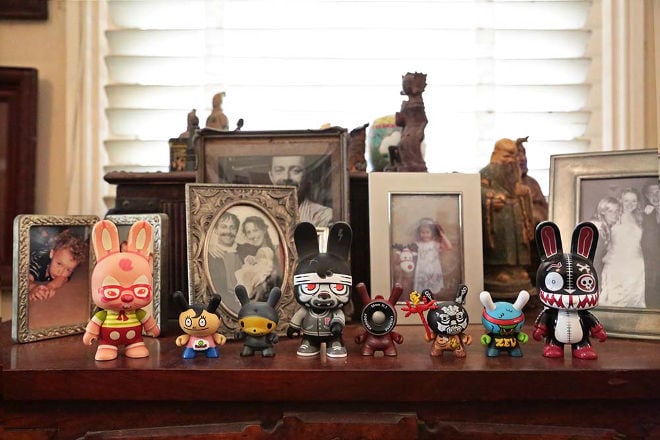
“Each of these little dudes represents one of my overseas trips. The bigger ones come from a cool Hong Kong designer shop at the International Airport, and just recently I celebrated the world premiere of my film by buying a MASSIVE guy. He represents just how happy I’m feeling at the moment.”
–
Are you more inclined to store things on your computer or do you prefer to put pen to paper?
I use a lot of notebooks. My inspiration starts visually – usually while I am driving and listening to music – and I like to storyboard and collect images. Later, I often take photos to plot a film’s scene — but these usually end up in books as well.
There’s something very comforting about books and paper, compared to technology. At the same time, I’m similarly obsessive about filing everything on my computer.
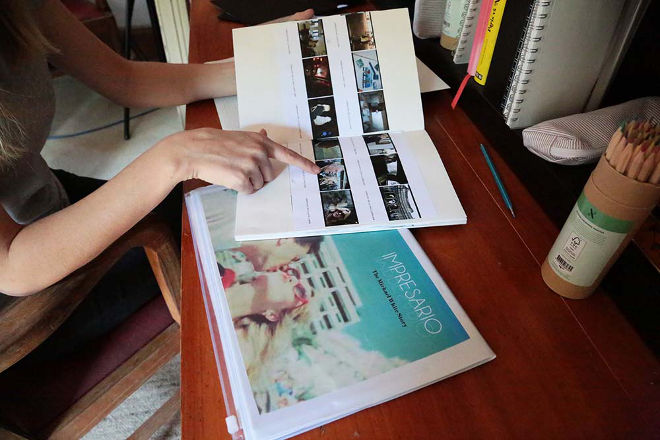
“This is my approach to storyboarding my films. I take a snapshot of every scene from all camera angles, and then print and paste them into notebooks with handwritten notes. It’s a great organisation tool when I’m shooting over a long period of time.”
–
Your base is still your family home. What was it like to grow up there?
My family moved into our big old Victorian house in Petersham when I was one year old, so I grew up in this huge house filled with paintings and books and antiques – and it was just home! I grew up with so many creatives forces and people, particularly artists and actors. I now know some of them are quite prolific, but at the time they were just the parents of the kids who came to visit.
What do you miss most about Sydney whenever you go overseas?
I miss my friends and the easy Australian way of life, and the climate of course. These days, with email and Skype and Facebook, I never really feel very far away.
But most of all I miss my two Burmese cats – Bogart and Bella. I get my Mum to send me photos of them every day.
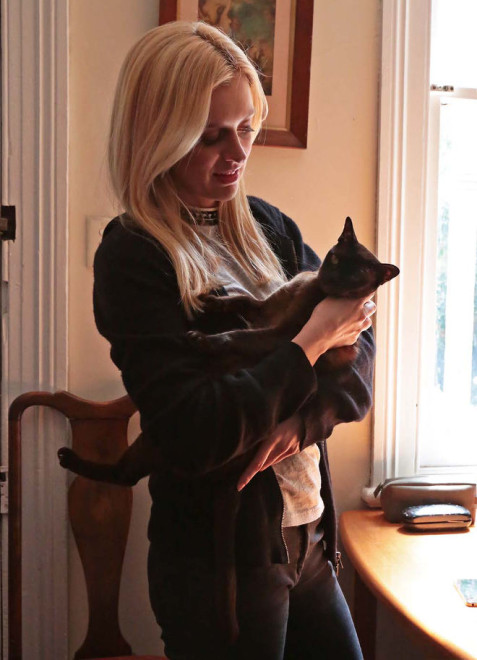
“Meet Bogart Otto, my brown Burmese. Bogart and her sister BlueBelle were born on my actual birthday! I’m definitely a cat person. In fact, I’m completely obsessed with them.”
–
In addition to his work on screen, your father Barry Otto is an avid painter. Do you ever paint yourself?
Dad has a fantastic old Victorian coach house in the backyard, which is his studio for painting. When we were kids, we would go out there and he would give us a canvas and oil paints and brushes – the real deal – and just let us go!
Miranda still has a few of my paintings framed in her house, but I lost confidence as I grew older – Dad is such a fantastic artist, and I never thought I could be that good.
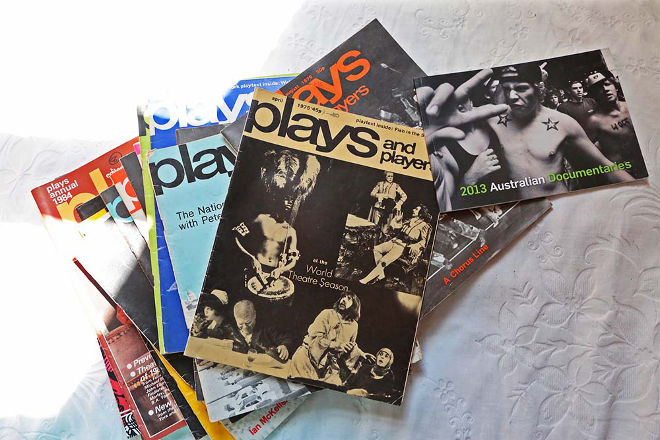
“Plays and Players is an English specialist theatre magazine from the ’60s and ’70s. I found dad’s collection up in the attic at home, and there were reviews and photos of some of Michael’s productions which I scanned for the film.”
–
So, what next for you?
I’m going to be working on The Last Impresario for the next year. There is still an incredible amount to be done on the sales and distribution side. I’ve also got two other features in development — Rue De Tournon, set in Paris and Sydney, and Girls In Hotels, which I’ve already begun shooting in hotels around the world. Hopefully I will be travelling a lot.
–
The Australian premiere of The Last Impresario will take place during Documentary Week Australia, on Tuesday March 4 in Adelaide.
–
Melanie Mahony is the Native Editor of Junkee, and has written for inthemix, FasterLouder and Crikey. She never tweets at @melmahony
Photography by Natasha Mulhall